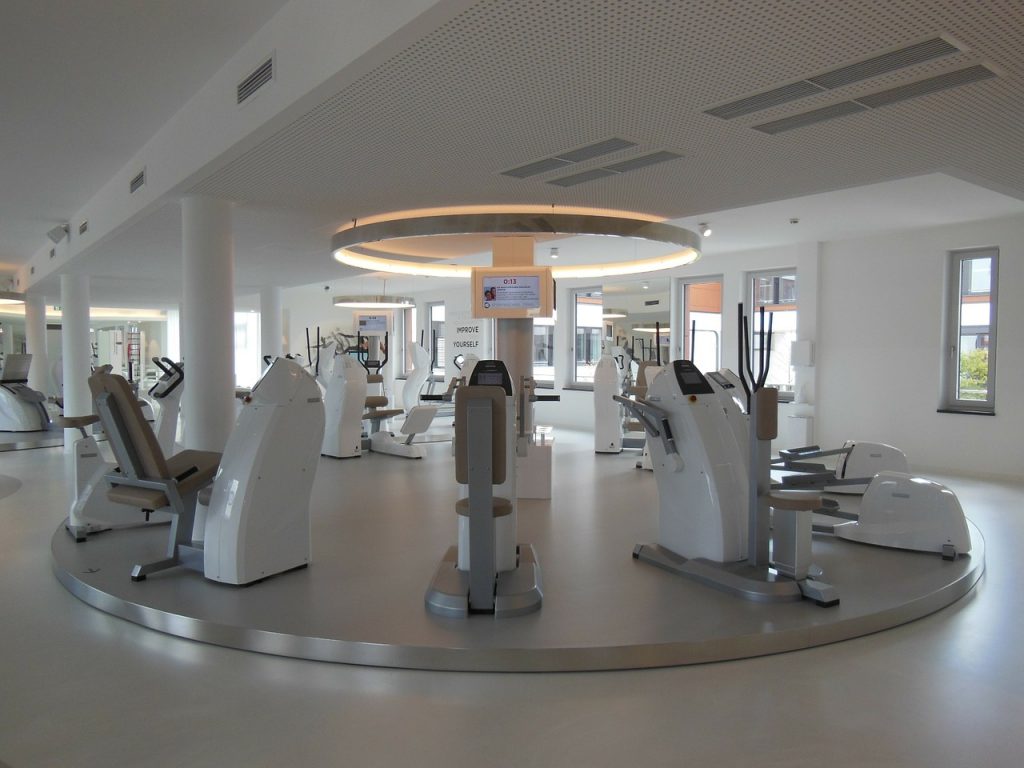Best Tips for UI design for fitness apps
When designing an application interface for mobile devices, you need to be aware of the design features, and it’s not just about screen resolution. What looks good on a laptop or stationary (desktop) computer may not work at all for a mobile device, and vice versa with
ios application development services.
Mobile app interface
What should you keep in mind when developing a mobile application interface?
Screen size. Obviously, the phone screen is smaller than the screen of a computer or laptop. Much fewer elements can fit on the display of a mobile phone, therefore, when developing a design, it is important to think over what it will be, and also to simplify navigation for the user.
Clickability. Few people use stylus today. Therefore, all clickable elements must be of such a size that the user can easily tap on each of them with their finger. If for this he has to enlarge the page or repeatedly try to hit the button, he is unlikely to be satisfied with the application.
Traffic and performance. Everyone knows the so-called heavy sites, which are very inconvenient to look at from the phone – pages are loaded for a long time, errors occur. Everything that is designed for a mobile device should be light – including applications. First, heavy files weigh a lot and can be expensive for your audience. Secondly, the same speed of work, which is very important. It is also worth making sure that the number of API calls does not degrade the overall performance of the server
Page orientation. Most of the time (about 94%), the user holds the device upright. Nevertheless, it is important to consider how the interface will look when the phone is rotated to a horizontal position – this should not affect usability.
Gesture control. That is, you can disable the standard buttons such as “forward”, “back”, etc., and all these commands will be performed using certain gestures. This is a distinctive feature of all modern mobile devices, and should be used when developing a mobile application.
Camera and microphone. All gadgets are equipped with them. Most often they are used to ensure the security of the device: in addition to the standard password entry, you can do face or voice recognition. It is worth considering other options for a specific mobile application as well.
Mobile design stages
There are two main stages of design work:
- UX, or User experience, is the development of an algorithm, an understanding of how the user will interact with the application. In other words, it is a kind of framework, an architecture of a resource
- UI, or User Interface Design. UI design defines the look, feel and aesthetics of the interface.
In simple terms, UX design is responsible for how the system will work, and UI for how it will look. Both stages are inextricably linked, and very often one person does all the work, especially in small design studios.
Depending on the characteristics of the resource, it may be necessary to perform some separate specific stages of UI design for fitness apps. But the main steps in developing the interface of any mobile application are always the same. It is the step-by-step work that saves time and resources, as well as avoids unexpected comments from the client.
Concept creation
This is the first stage of development after the idea of the application itself is already there. Since the interface is developed for a specific audience, you need to study it and answer the main question – what is expected from the new product? This requires research. They are:
- qualitative (interviews, focus groups, expert opinion) – answer the questions “how” and “why”;
- quantitative (questionnaire, survey, telephone interview) – answer the questions “how much” and “how often”.
All these studies will help to compose a portrait of a potential consumer. And already based on this, you can start developing the functionality of the application.



